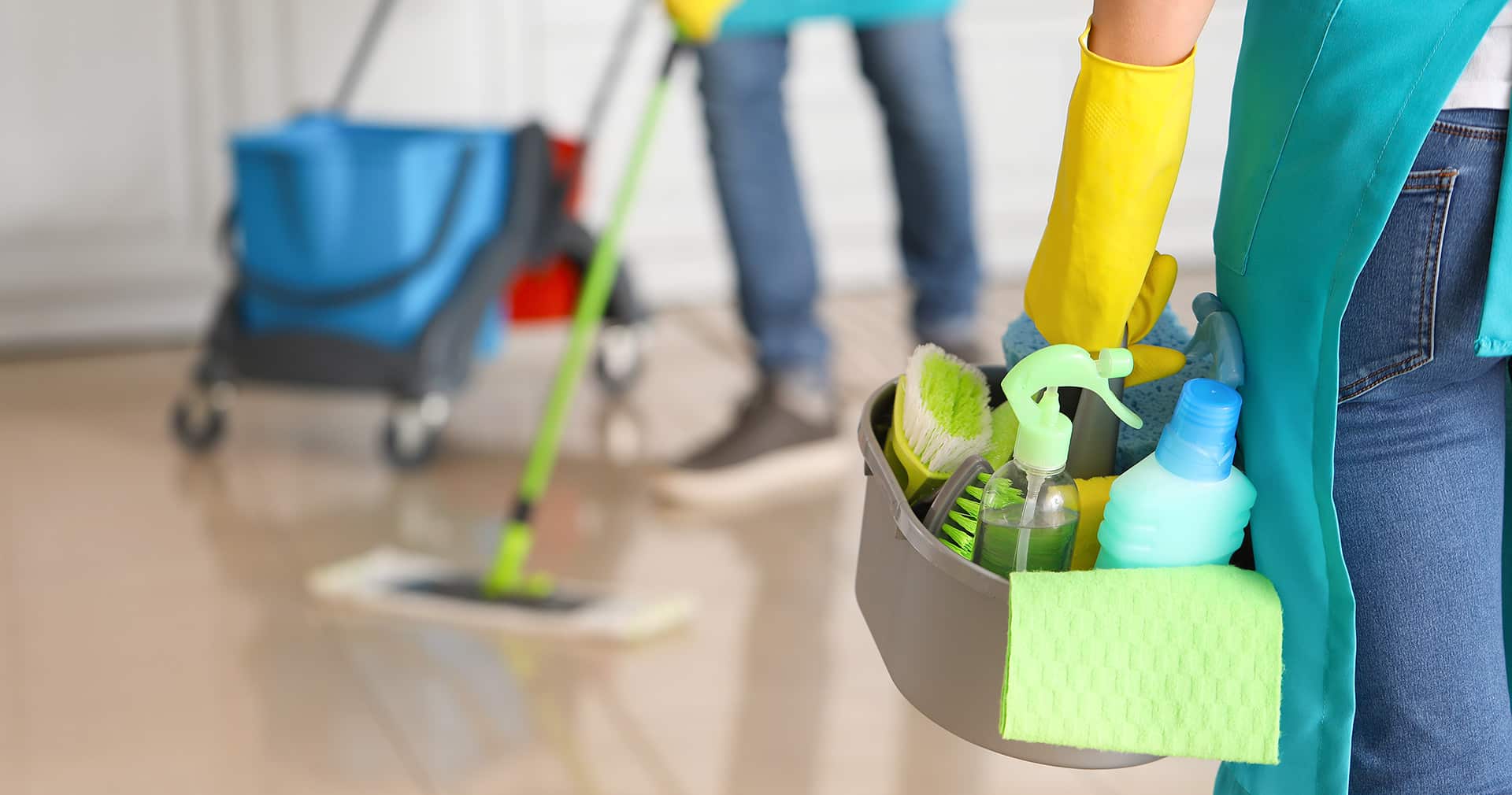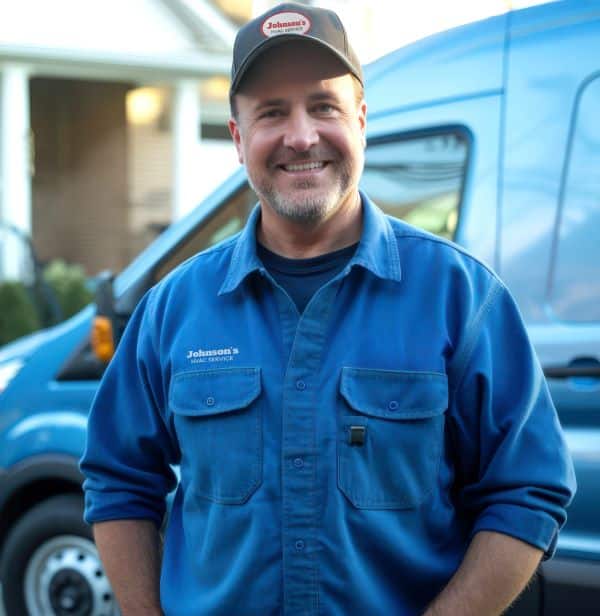11 HVAC Industry Trends & Statistics
In this article, we look at the trends and statistics that will be shaping the 2023 HVAC industry. These changes and trends will improve the way your HVAC company operates.

Guest Contributor
The HVAC industry is booming. Installation and maintenance of these systems brings in millions of dollars each year.
When it comes to HVAC solutions, the average modern homeowner is focused on efficiency and savings. And this demand for eco-conscious development is increasing. As a result, the HVAC market is expanding.
Staying current on trends like these will help keep your business at the top of the market.
This article looks at the trends and statistics that will be shaping the 2023 HVAC industry. These changes and trends will improve the way your HVAC company operates.
HVAC Industry Trends and Statistics to Keep Your Business Growing
Did you know that HVAC systems can help reduce energy consumption by up to 50%?
Sustainability is the focus in all corners of the home development industries today. With changes in regulations, energy efficiency has become the new bottom line.
Let’s take a look at some of the HVAC industry trends that are growing out of the demand for energy efficiency.
1. HVAC system requirements are changing to meet new industry standards.
Beginning in January 2023, the Department of Energy (DOE) will require more efficient units. All residential heating and cooling systems must have increased efficiency by about 15%.
These changing industry standards reflect the demand from homeowners. All new construction and installations will have to meet them.
2. Homeowners will pay more for HVAC units that lower energy consumption.
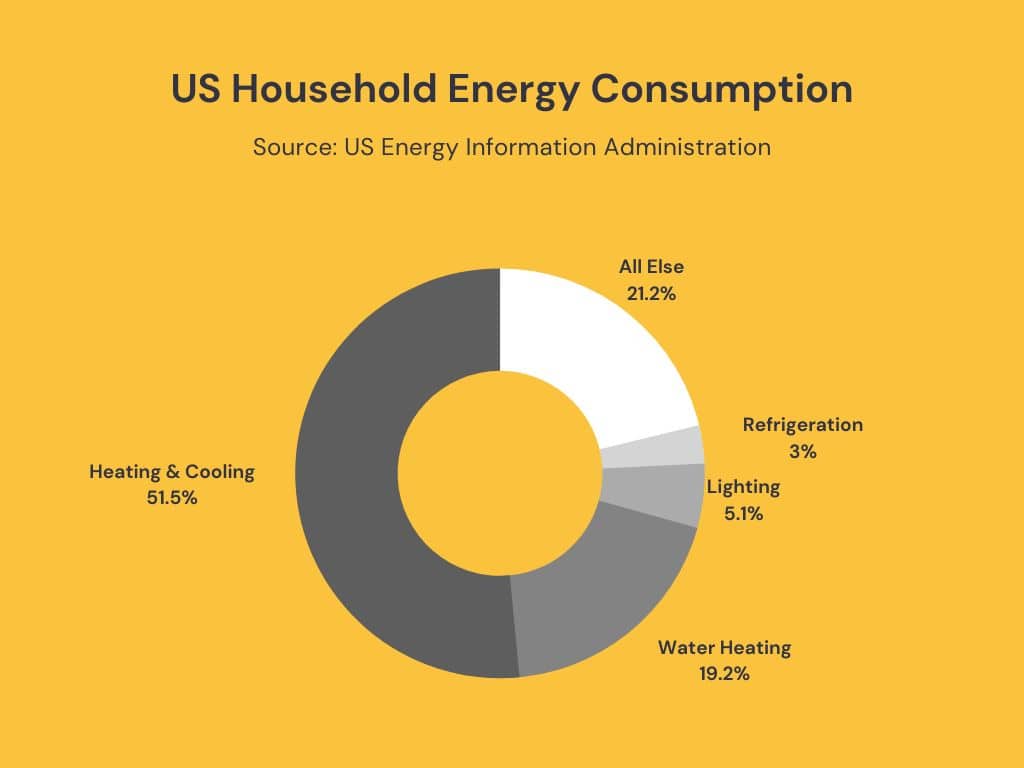
On average, 51% of a household’s annual energy is used for heating and cooling systems. Energy costs are rising, and most homeowners want to reduce their carbon footprint.
Switching to a more energy-efficient system is becoming the more popular choice. High percentages of homeowners are willing to pay more for more eco-friendly systems.
3. HVAC companies should be investing in smart thermostat installation.
Smart thermostats allow homeowners to control their HVAC systems with ease and simplicity.
These thermostats connect to personal devices through Wi-Fi. This allows the user to set preferences and track maintenance and energy data.
The smart thermostat market in the US is projected to grow from $1.1 billion in 2021 to $3.2 billion in 2028. This growth rate could mean huge profits for HVAC companies to take advantage of.
4. Global warming is increasing the demand for air conditioners.
As our climate changes, summers have started to become warmer and last longer. Many homeowners are investing in air conditioning units to help beat the heat.
With hotter summers also comes colder winters, and the demand for dual air systems is rising.
In 2020, 51 billion dollars was invested in residential heat pumps. Unfortunately, the demand for cooling and heating has a huge environmental impact. This means that energy-efficient HVAC systems are even more important.
5. The best units for energy efficiency will have an Energy Star label.
HVAC units marked with an ENERGY STAR label have a better market. These units can save the user up to 20% on energy. They also follow the upcoming DOE changes.
Energy efficiency is one of the top things that homeowners are looking for.
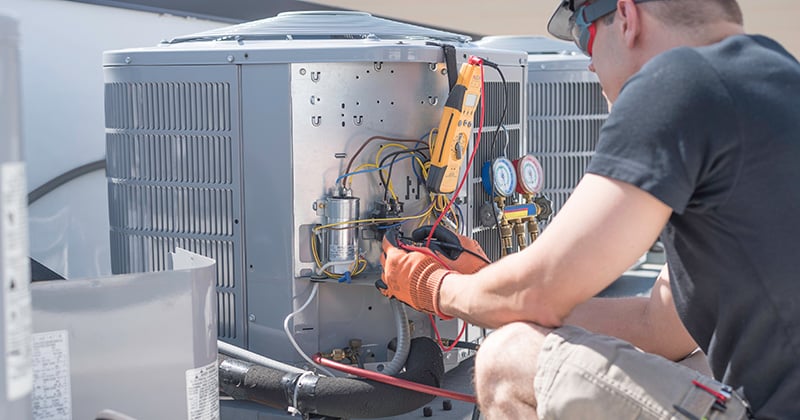
6. New refrigerants will be used to help reduce climate change.
In 2023, more environmentally friendly heating and cooling systems will hit the market. These systems will be compatible with a less toxic refrigerant. This refrigerant, called R-454b, has a lower global warming potential.
The goal is to help to lessen the industry’s footprint and bring energy efficiency into people’s homes.
7. HVAC companies are offering more employment every year.
The demand for heating and cooling systems is growing exponentially. There is predicted to be a 13% increase in HVAC installation and maintenance jobs over the next 6 years.
A growing market means more opportunities for employment and company growth.
8. The rapid growth of the construction industry predicts a boom for the HVAC Industry.
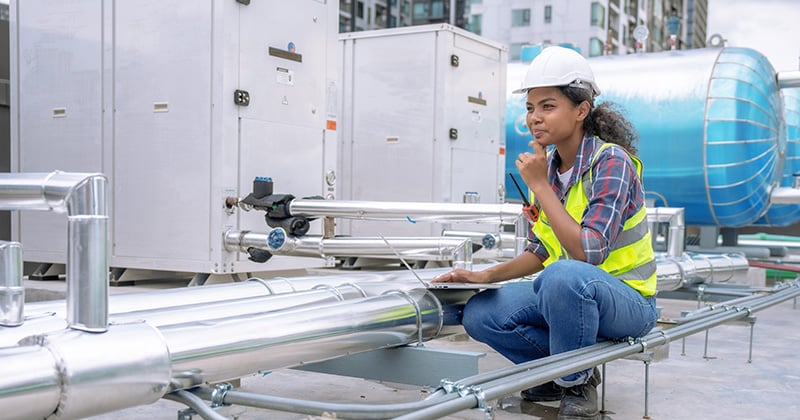
Over the last few years, the residential construction industry has been exploding. The HVAC industry will likely expand with it, thanks to the new energy regulations. See how owners are scaling their HVAC businesses.
This increase will be particularly prominent in the southern U.S. The southern states have seen a rise in construction rates and dramatic temperatures.
9. Ductless air conditioners are becoming increasingly popular.
Mini-split systems have become a popular option for heating and cooling.
These ductless systems have a condenser unit on the outside and indoor units for air control. They circulate air more efficiently than traditional HVAC units. They also require less maintenance and there is far less infrastructure to install.
A mini-split system will ultimately save the homeowner time and money. The initial cost is higher, but maintenance is easier and energy costs are lower.
10. Programmable smart thermostats will reduce energy costs.
A programmable thermostat can help to regulate heating and cooling costs. Setting a timer and being able to dial back the heat can reduce unnecessary use of energy.
Unfortunately, not all these thermostats are equally as energy efficient. One of the better options is an electrical resistance system.
These systems require 120-volt or 240-volt circuits. This helps regulate the energy output for turning down a thermostat.
11. Updated retrofits will be compatible with smart technology and new systems.
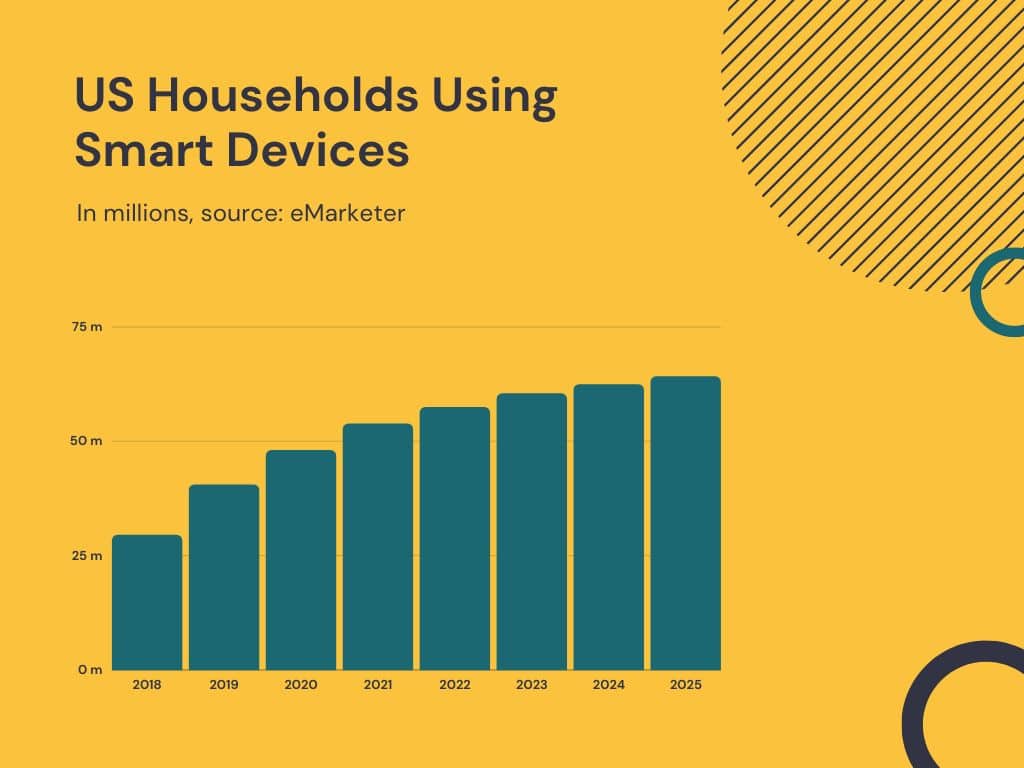
Outdated units can be taxing on energy costs. The initial update of these systems can be expensive for the homeowner.
However, the updated efficiency and technology make it worth it.
New retrofits are compatible with new technology, better fan speeds, and energy efficiency. Updating to a sustainable retrofit can lead to a 25% to 50% reduction in energy use.
The data predicts that these trends will affect the industry in the coming years, if they haven’t already. Staying current and open-minded to these changes may open doors in the market for your HVAC company.
Selah is a freelance journalist. Her professional passions include psychology, sociology, and regenerative education. When she's not writing, you can find Selah traveling the world, cooking without a recipe, or catching an early morning surf.

Business Solutions For Field Service Pros
EverPro offers specialized solutions designed for home and field service professionals. We’ve got the business tools to help you get the job done.
